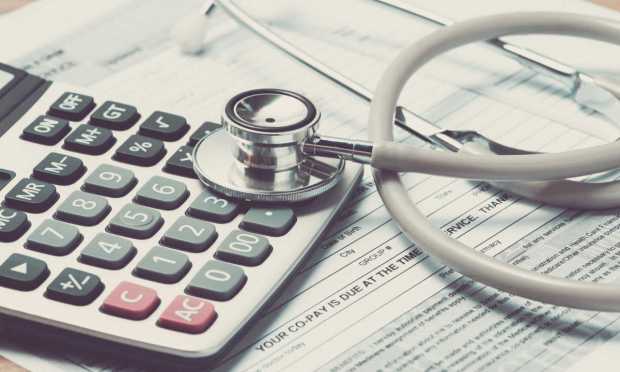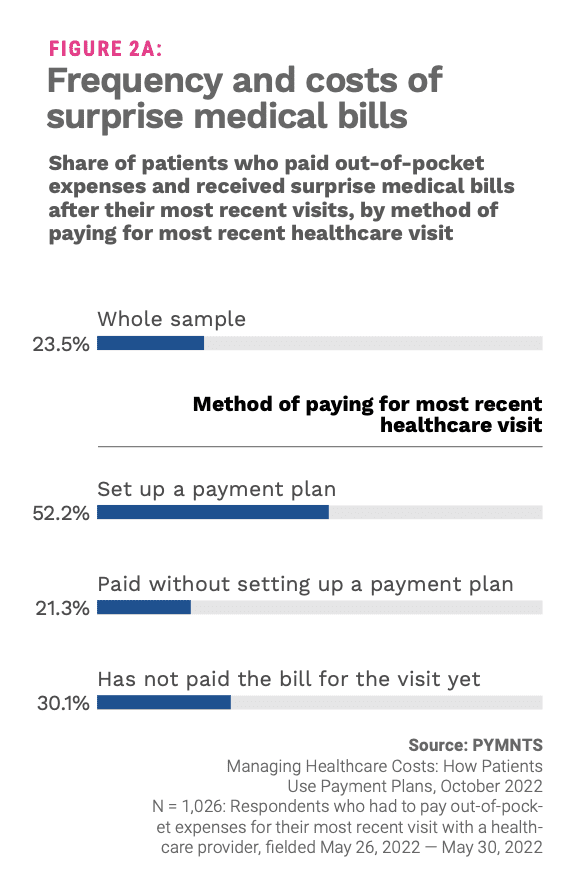Millennials Drive Demand for BNPL as Healthcare Payment Option

Gen Z, millennials and lower-income patients are driving consumer demand for healthcare payment plans.
Despite relatively accessible health insurance options in the U.S., consumers often face overwhelming, and sometimes unexpected, out-of-pocket costs. For those not willing or able to pay an entire bill at the time of service, payment plans can be a (sometimes literal) lifesaver.
PYMNTS research finds that age and financial stability are prime predictors of a patient choosing a payment plan, where those living paycheck to paycheck and younger generations are most likely to need to finance healthcare-related expenses. As well, there is a correlation between unexpected bills and the need for payment plans, suggesting that many patients do not have room in their budgets for such surprises.

By age cohort, millennials are the generation most likely to have used a payment plan for both surprise and expected medical bills. Sixty-four percent of millennials who paid using a payment plan had received unexpected bills, compared to just 28% of baby boomers and seniors.
Relatively younger patients, who tend to be less financially secure, are more likely to have used a payment plan to pay for healthcare overall than older generations: 11% of millennials and 10% of Generation Z patients reported doing so, but just 2% of baby boomers and seniors said the same. By economic demographic, 13% of patients living paycheck to paycheck with issues paying their bills have used a payment plan, compared to 3% of those not living paycheck to paycheck.
Higher-income payments are an exception to this trend, as they are more likely to use payment plans than those in lower income brackets. Eight percent of patients earning more than $100,000 annually paid for their most recent healthcare visit using a payment plan, compared to 5% of patients earning less than $50,000.
Healthcare providers interested in implementing payment plans have multiple options including buy now, pay later (BNPL) and other alternatives. CareCredit extends a line of credit to consumers that is interest-free for a fixed term. Sunbit, focused more on dental bills, offers no-interest payment plans for an extended period. And healthcare BNPL startup Walnut announced in May that it would be expanding following a successful Series A funding.
No matter which option providers choose, offering payment plans for out-of-pocket healthcare expenses can both improve the patient billing experience and strengthen their customer base. And by opening access to those who need it most, payment plans may allow providers to provide the best care possible for their clientele.
Get the study: Managing Healthcare Costs: How Patients Use Payment Plans
